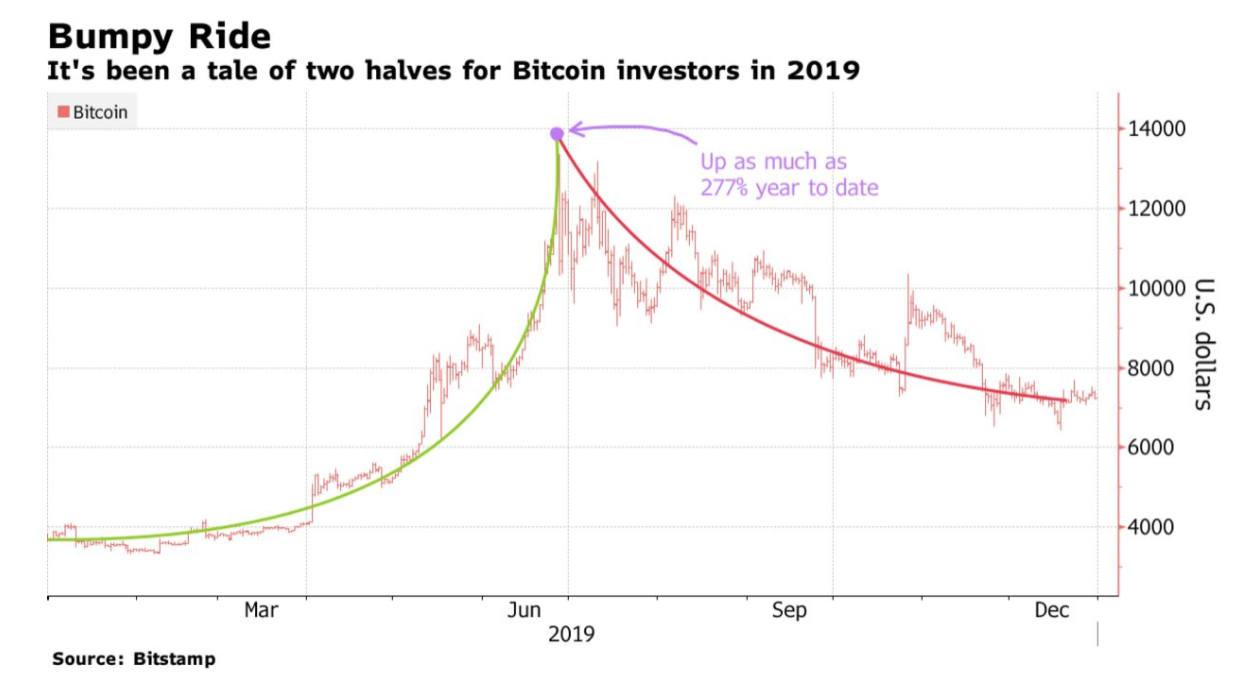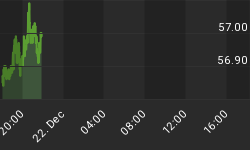Anyone who turned to the ‘experts’ on bitcoin to hedge a bet on the cryptocurrency ahead of its third halving today had just as much chance of getting it right as anyone who just pulled a number out of a hat.
There is no bitcoin guru who could guess what the digital coin’s third split would do to prices, even if it seemed logical that halving would reduce supply.
Bitcoin doesn’t play by the tried-and-true supply and demand rules, and nothing short of time travel would get anyone any closer to knowing the truth in advance.
Last week, bitcoin was back in $10,000 territory. Then, over the weekend, Bitcoin lost all the gains it had made earlier in the week in a matter of minutes, shedding nearly $2,000 in half an hour and coming in at $8,100 before regaining some lost ground on Monday, ahead of the fork.
As of the time of writing at 11:00am EST, bitcoin was hovering around $8,895, so the halving has been neither boom nor bust so far.
Know One Knows What the Halving Really Means
This is the third halving of bitcoin since its inception, and it will continue to fork until the ultimate number of bitcoins--21 million--are created. That’s how it was designed.
Bitcoin launched in 2009, and the first halving took place in November 2012, with the second in July 2016.
What it does is reduce the rewards given to miners for minting coins. In other words, it cuts the bounty in half, which leads some analysts to view in their murky crystal ball a situation in which miners can no longer afford to mine coin. So far, that isn’t the case.
Yesterday’s halving means that bitcoin’s annual inflation drops from 3.65% to 1.8%.
What will happen to the price of bitcoin now is about as polarized as American politics.
The only thing we have to go on is a limited history, and it’s not much help.
The first two halvings did not result in soaring bitcoin prices. In 2016, the halving initially saw bitcoin plunge from $1,100 to $600. It was only a year after this that it started to surge, eventually peaking at $19,783 in December 2018.
There is little method to the madness--only pure sentiment. That means all anyone’s got to go on is what a collection of talking head bears and bulls have to say, and who is the loudest.
Venture capital investor Tim Draper is still selling his crystal ball prediction of a bitcoin price at $250,000.
Late last year, he said he expected bitcoin to reach $250,000 by 2020 or the beginning of 2023. Now, he’s even more optimistic, noting that at the time he hadn’t planned on a global pandemic and “didn’t realize it was because the dollar was going to crash. I didn’t realize they were going to just print nine trillion worth of dollars to degrade the dollar and make it more interesting to buyers of Bitcoin.”
But he doesn’t expect an immediate surge.
CoinList’s Andy Bromberg told Bloomberg the halving may be priced in already and we might actually see a “dip in post-halving”. But that doesn’t mean he’s not bullish going forward: “But beyond next year, “Bitcoin is finding its own narrative as digital gold,” he said. “It feels like that narrative is picking up steam and it’s breaking away on its own. I would define success for most crypto assets as doing exactly that.”

Bitcoin is still failing to attract the mainstream, reporting a 76% collapse in M&A last year, compared with the previous year, but it’s finding its feet gradually, with regulated exchanges offering more products and institutional interest building.
By Michael Kern for Safehaven.com
More Top Reads From Safehaven.com:
















